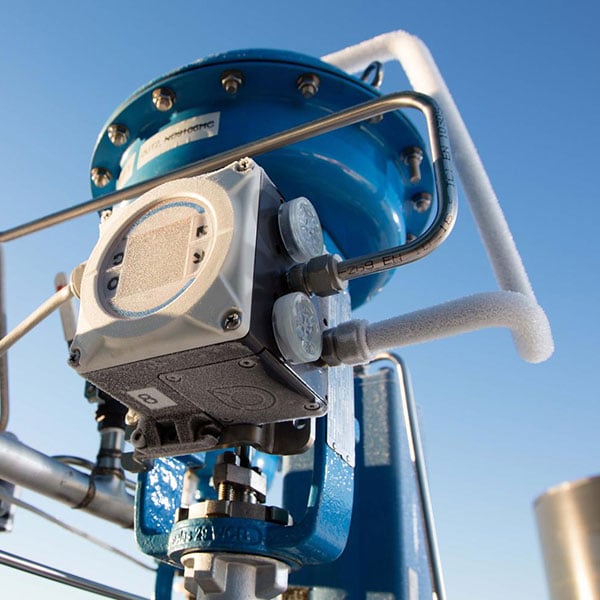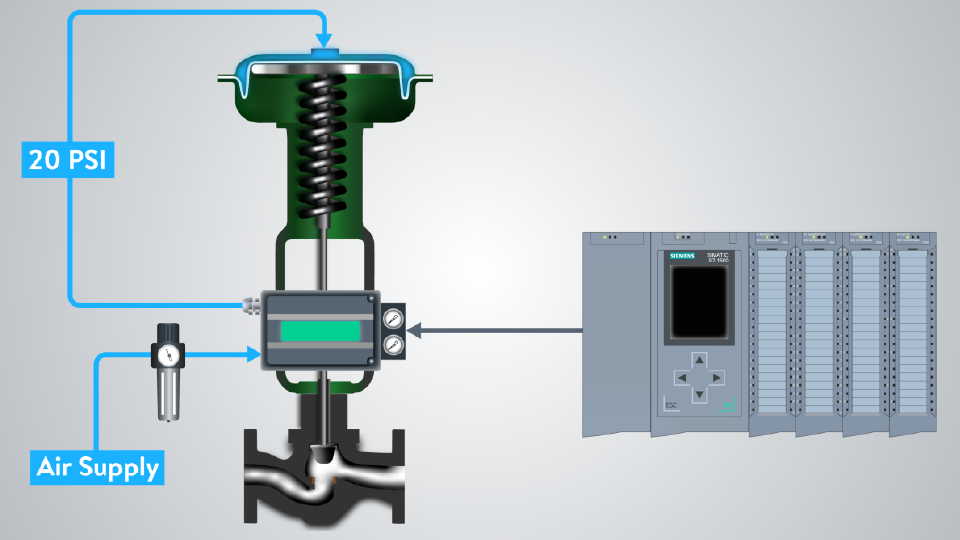
Maximize Energy Cost Savings and Convenience With Advanced Structure Automation Controls
In the world of modern style and center management, the assimilation of innovative building automation regulates stands as an essential innovation. The convergence of innovation and sustainability has birthed a brand-new period where energy performance, convenience optimization, and operational streamlining are no more distant goals but achievable facts. By utilizing the power of automation, structures can adapt, respond, and advance in manner ins which were as soon as unimaginable. The potential for substantial power cost savings and boosted convenience is not simply a possibility however a guarantee waiting to be met. This paradigm shift in structure management holds the essential to opening a globe where ecological conscientiousness and owner well-being sympathetically exist together within the wall surfaces of our structures.
Energy Effectiveness Advantages
Energy performance benefits can significantly reduce power intake and operational costs in structures. By carrying out energy-efficient practices and innovations, building owners and drivers can attain substantial cost savings while likewise adding to environmental sustainability. Among the main advantages of boosting energy efficiency in structures is the reduction of energy expenses. Energy-efficient systems, such as advanced structure automation controls, can maximize making use of resources like illumination, heating, and cooling, leading to reduced energy expenditures in time.
In addition, improved power effectiveness can extend the life expectancy of building devices and systems. By running a lot more efficiently, cooling and heating systems, light, and other building components experience less wear and tear, leading to decreased upkeep and substitute expenses. Furthermore, energy-efficient buildings usually regulate greater residential or commercial property worths and rental rates, providing long-term financial advantages to proprietors.
In addition, power performance can boost owner convenience and efficiency. Properly controlled indoor environments with optimum illumination and thermal problems create an even more conducive and enjoyable work space, resulting in enhanced staff member fulfillment and performance. Generally, the energy efficiency benefits linked with innovative structure automation controls are multifaceted, including price financial savings, environmental stewardship, and occupant wellness.
Boosted Convenience Control
Enhancing comfort control in building atmospheres requires an innovative integration of sophisticated automation systems for optimal resident well-being. By using innovative structure automation controls, centers can tailor the indoor atmosphere to satisfy the details demands and preferences of occupants. control valves.
By incorporating these sophisticated controls, structures can not only enhance comfort however likewise enhance energy efficiency by maximizing system operations based on real tenancy and usage patterns. Ultimately, prioritizing resident comfort through advanced automation systems leads to a more pleasurable and healthier indoor atmosphere.
Functional Effectiveness Improvements

Furthermore, the implementation of real-time surveillance and analytics tools enables structure drivers to identify power inefficiencies and functional anomalies promptly. By constantly keeping an eye on energy usage patterns and system performance metrics, adjustments can be made in real-time to enhance power intake and make sure peak operational effectiveness. control valves. Additionally, integrating demand response methods right into building automation controls can further boost operational effectiveness by dynamically readjusting power use based upon grid problems and prices signals
Indoor Environment Optimization
Effective interior environment optimization is an essential element of building automation controls, making certain residents' convenience and health while maximizing power savings. By using innovative sensors and controls, building automation systems can continually adjust and keep track of temperature, moisture degrees, air quality, and ventilation to create an ideal interior setting. Keeping comfy and consistent conditions not only improves resident contentment yet also boosts productivity and overall well-being.
Indoor climate optimization likewise plays a critical duty in power efficiency. By fine-tuning air flow, air conditioning, and heating systems based on real-time information and tenancy patterns, constructing automation controls can dramatically lower power usage - control valves. Applying methods such as demand-controlled ventilation and thermal zoning can aid lessen energy waste while guaranteeing that each location of the structure receives the essential conditioning.

Lasting Setting Production
Building automation regulates not just maximize indoor climate problems for power performance and resident comfort but additionally lay the structure for creating pop over to this site a sustainable environment with tactical management of systems and sources. By incorporating advanced structure automation innovations, such as sensors, actuators, and smart software application, centers can monitor and change power use in real-time to reduce waste and minimize their carbon impact. These systems allow anticipating upkeep, identifying prospective concerns before they escalate and enhancing tools efficiency to enhance durability and effectiveness.
In addition, sustainable environment development expands beyond energy monitoring to encompass water preservation, waste reduction, and interior air quality enhancement. Structure automation controls can regulate water usage, detect leaks, and make certain appropriate waste disposal methods, adding to overall sustainability efforts. Additionally, by checking and regulating address ventilation and filtering systems, these innovations improve passenger wellness and productivity while decreasing energy consumption related to HVAC operations.
Final Thought
To conclude, progressed building automation regulates offer substantial advantages in regards to power financial savings, comfort control, operational efficiency, indoor environment optimization, and producing a lasting setting. By implementing these controls, structures can attain ideal performance while lowering power usage and improving owner convenience. It appears that the usage of sophisticated automation innovation is important in enhancing structure performance and producing an extra sustainable future.
Power effectiveness benefits can significantly lower energy intake and operational expenses in buildings. Generally, the energy performance benefits connected with advanced building automation controls are diverse, including expense savings, ecological stewardship, and resident wellness.
Additionally, integrating need action approaches right into structure automation controls can even more improve functional effectiveness by dynamically changing energy usage based on grid problems and pricing signals.
Building automation regulates not just maximize indoor climate conditions for energy performance and occupant convenience straight from the source but also lay the foundation for creating a lasting setting via strategic management of systems and sources.In final thought, progressed structure automation regulates deal significant benefits in terms of power financial savings, convenience control, functional effectiveness, indoor environment optimization, and developing a lasting setting.